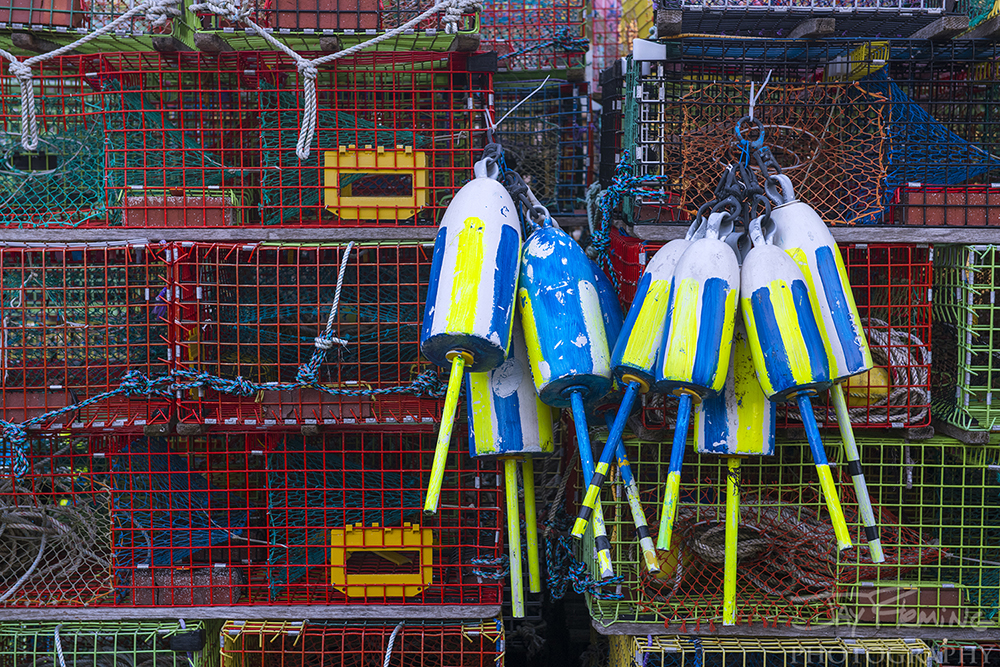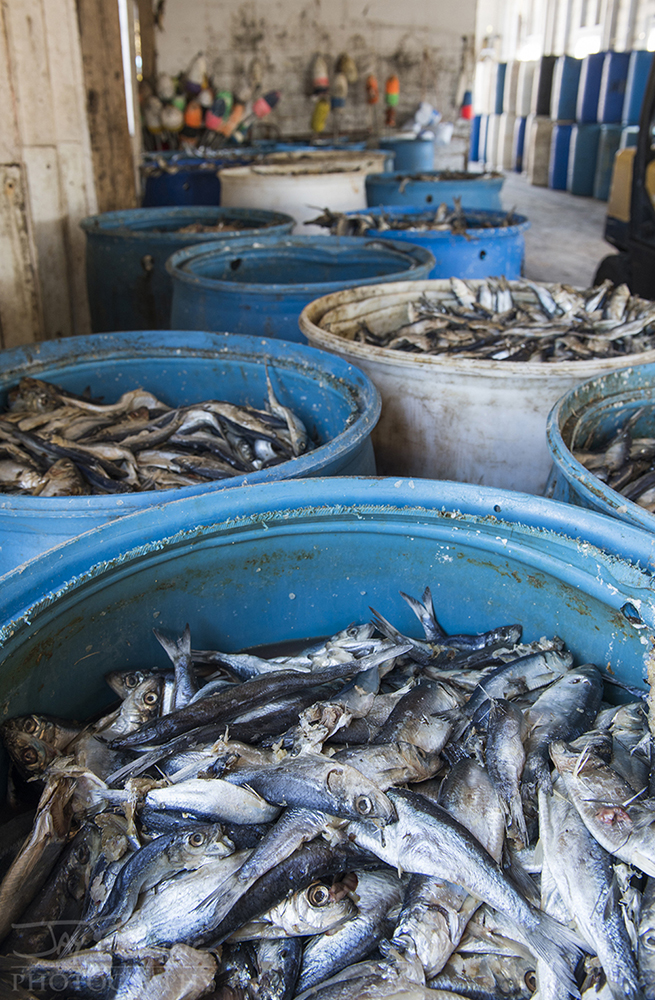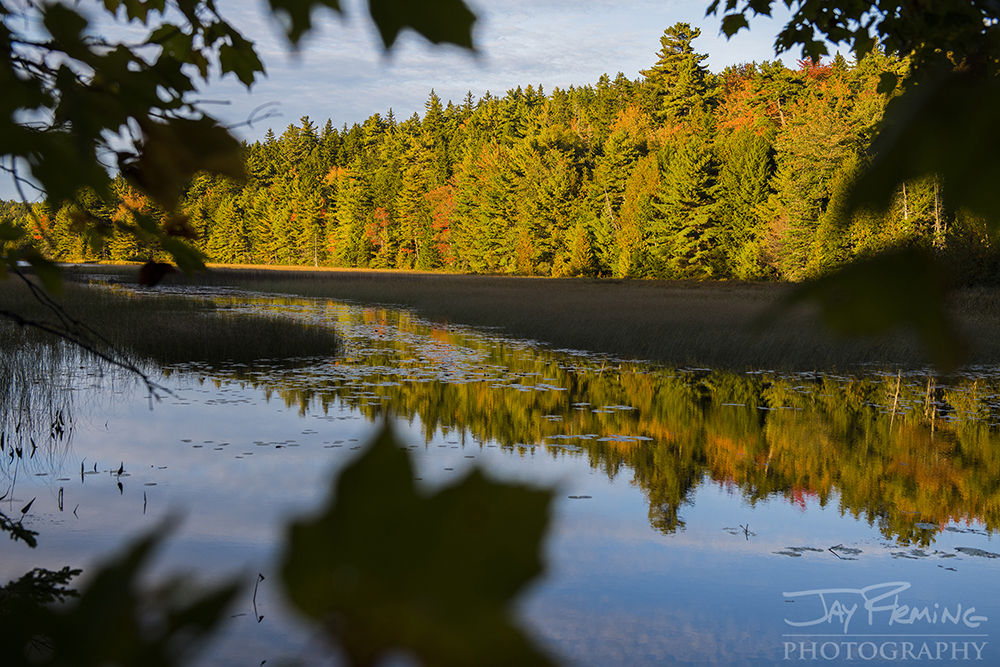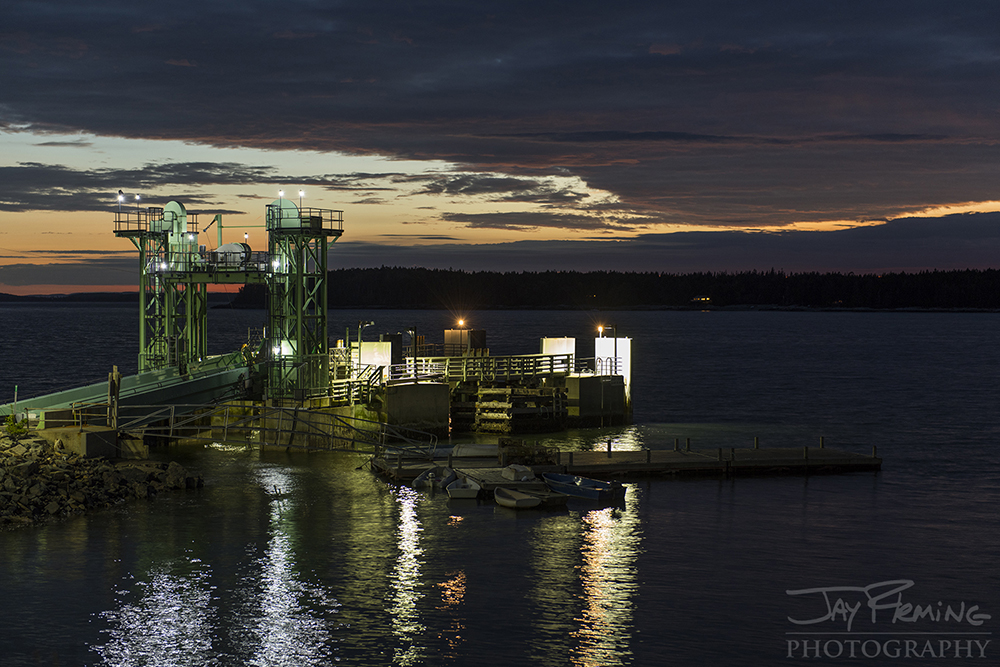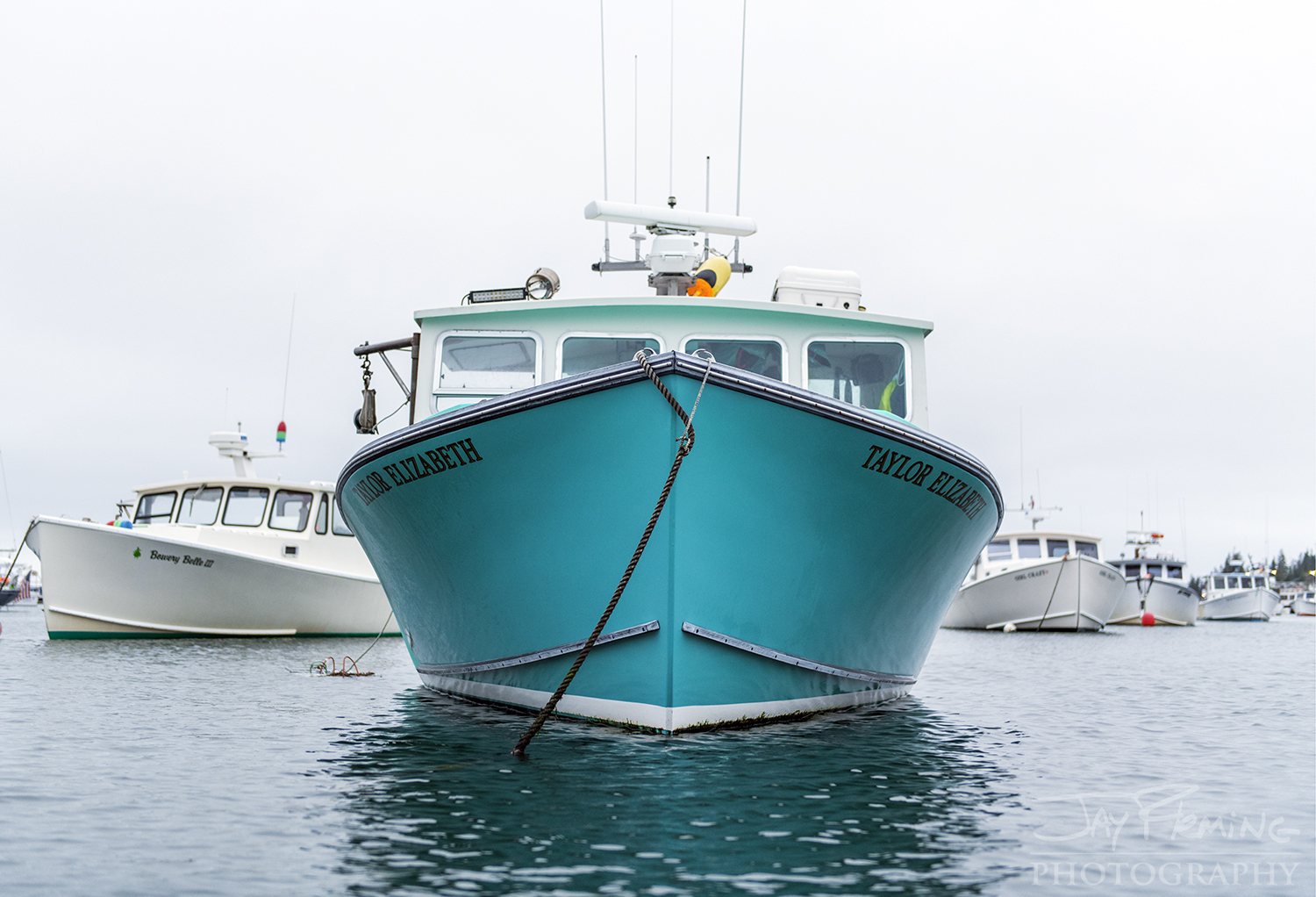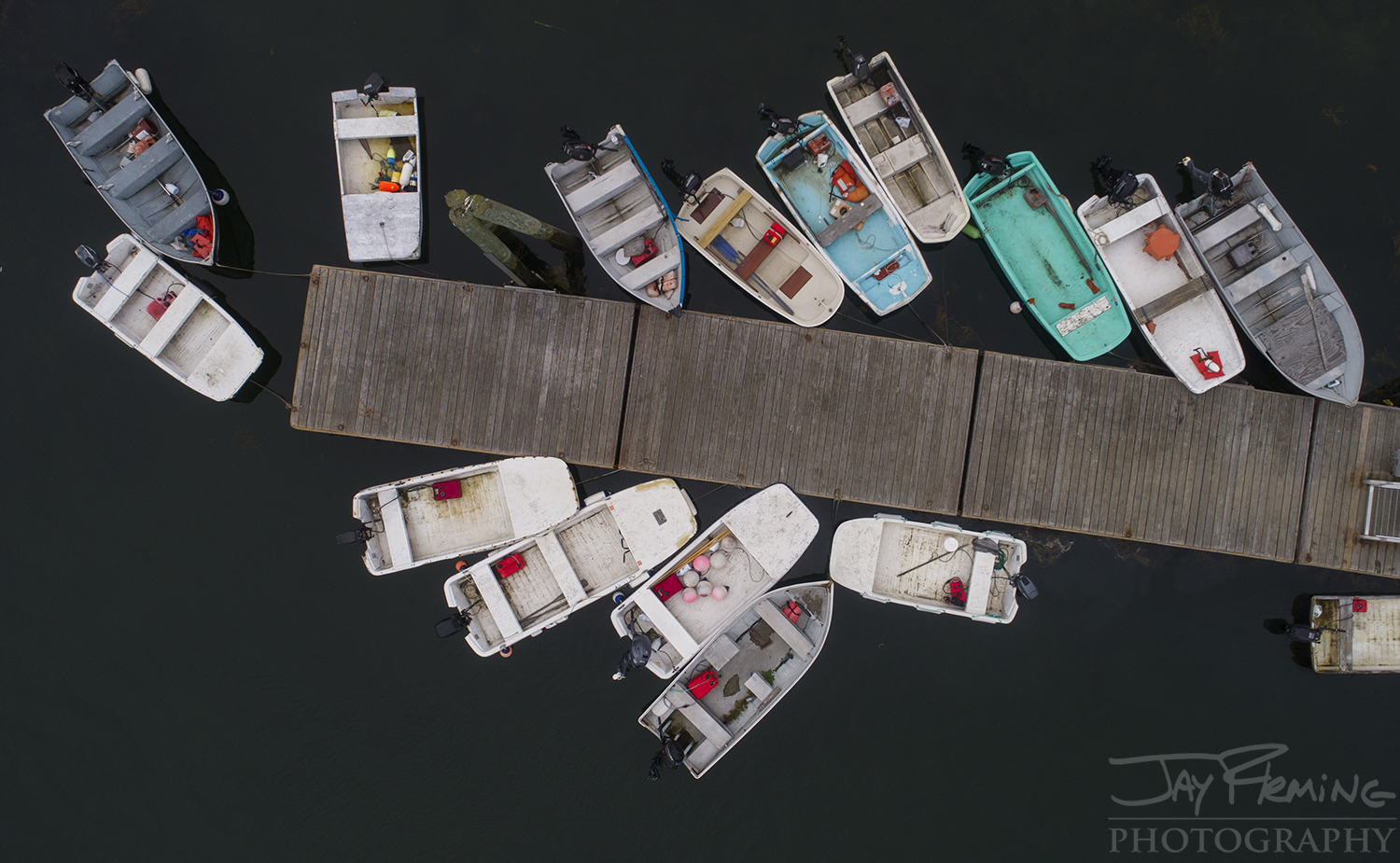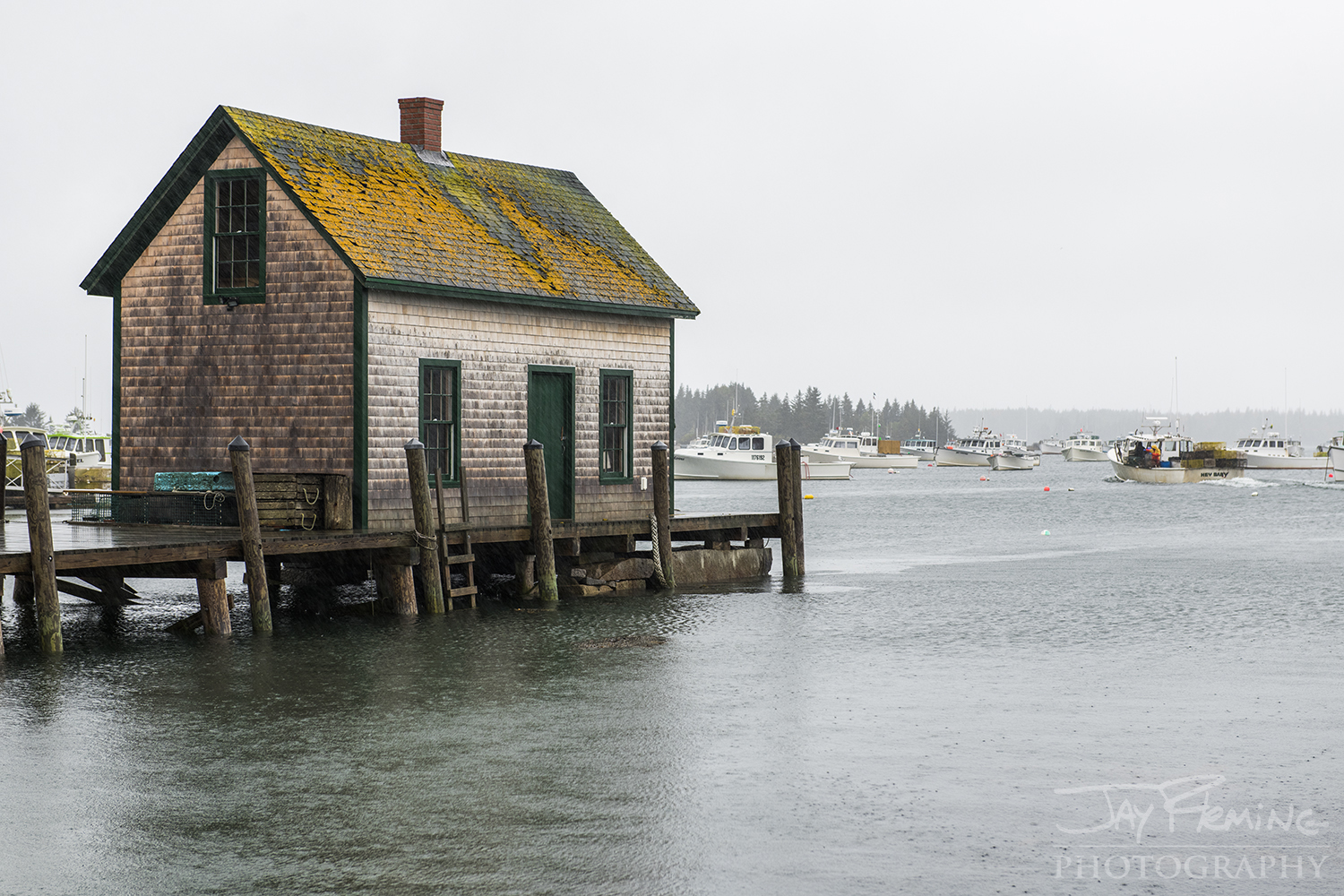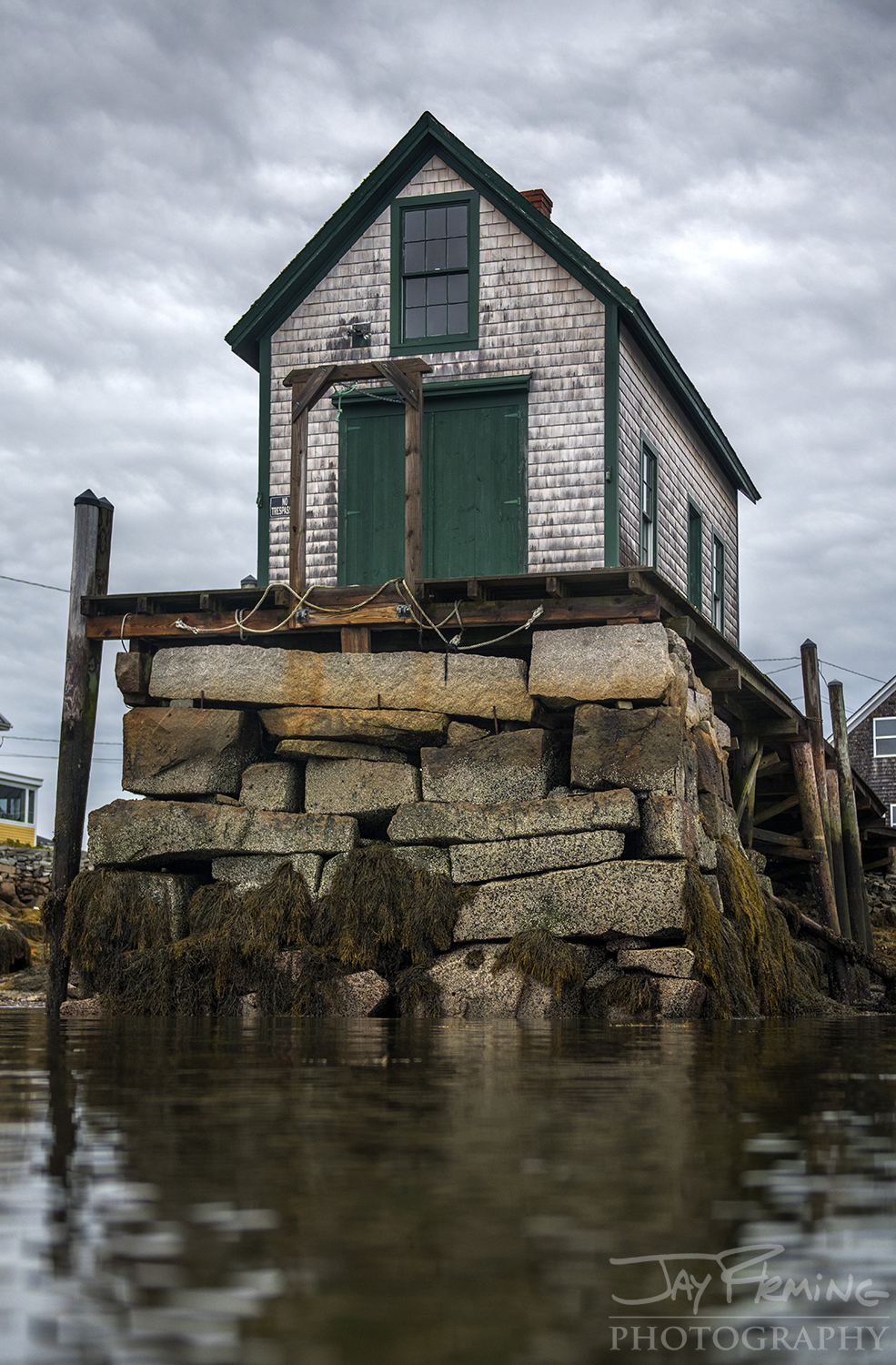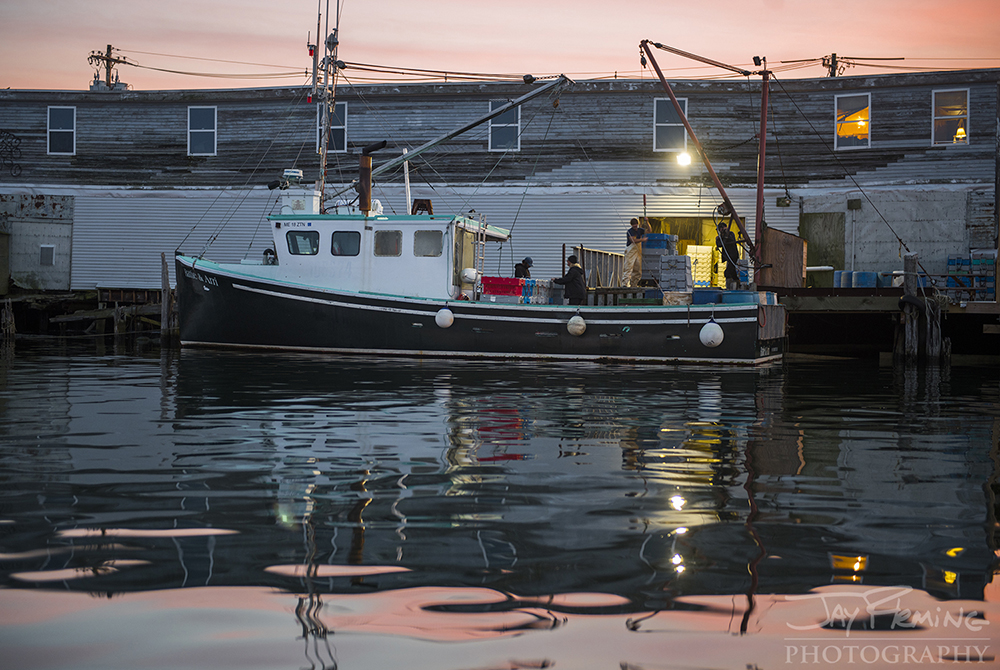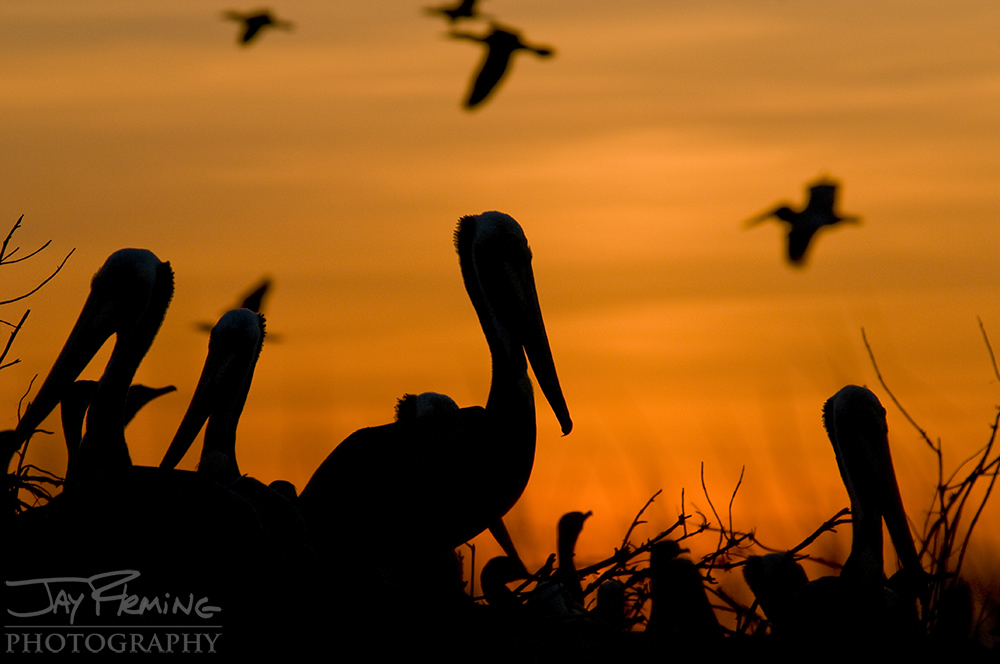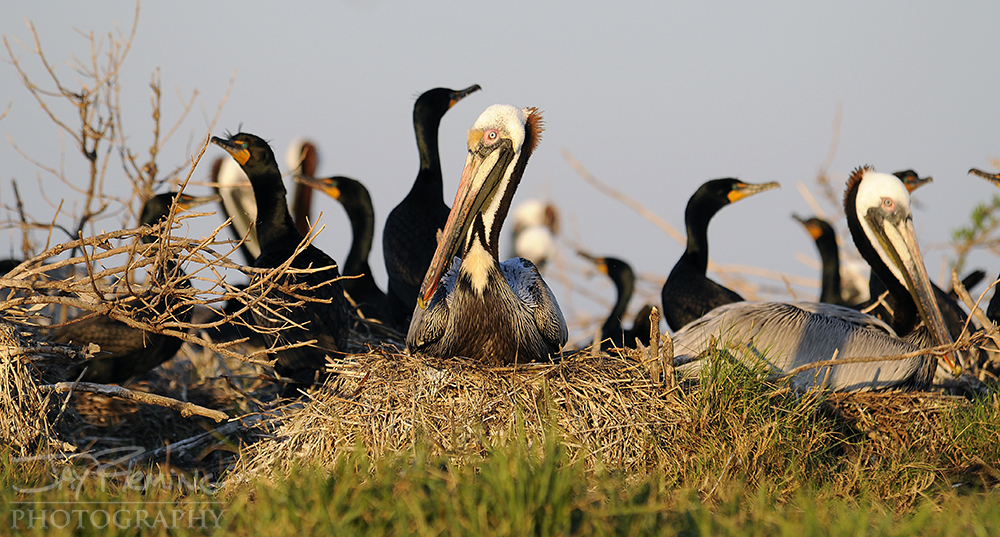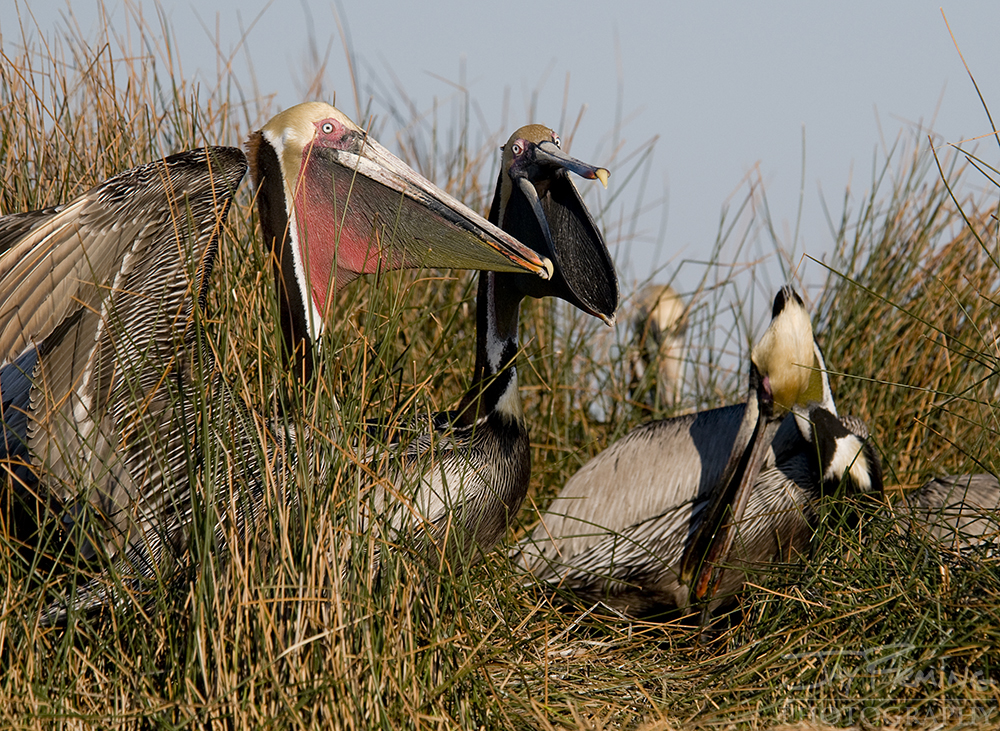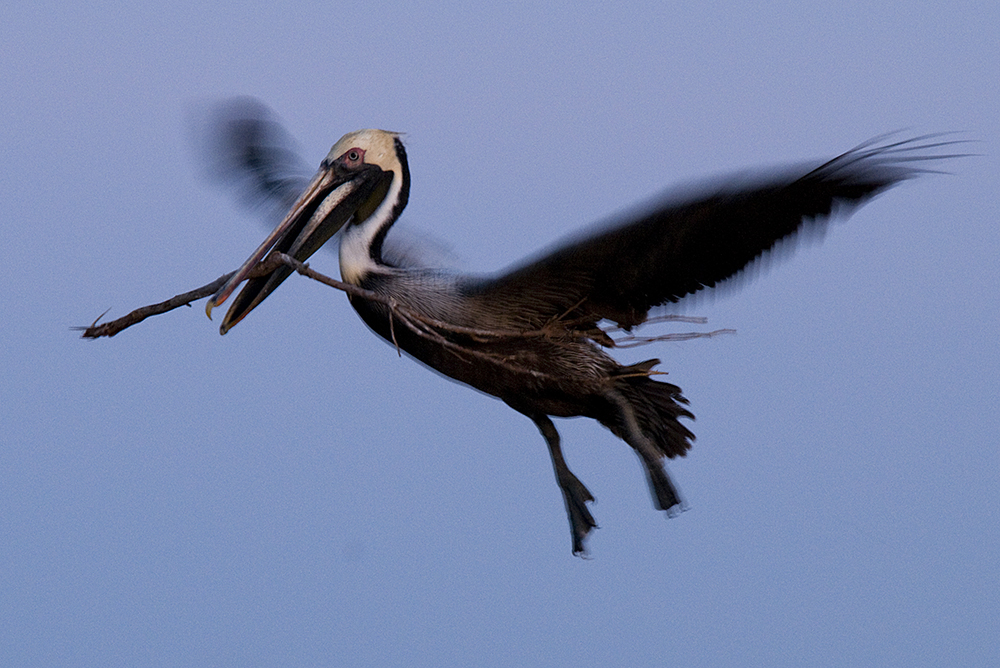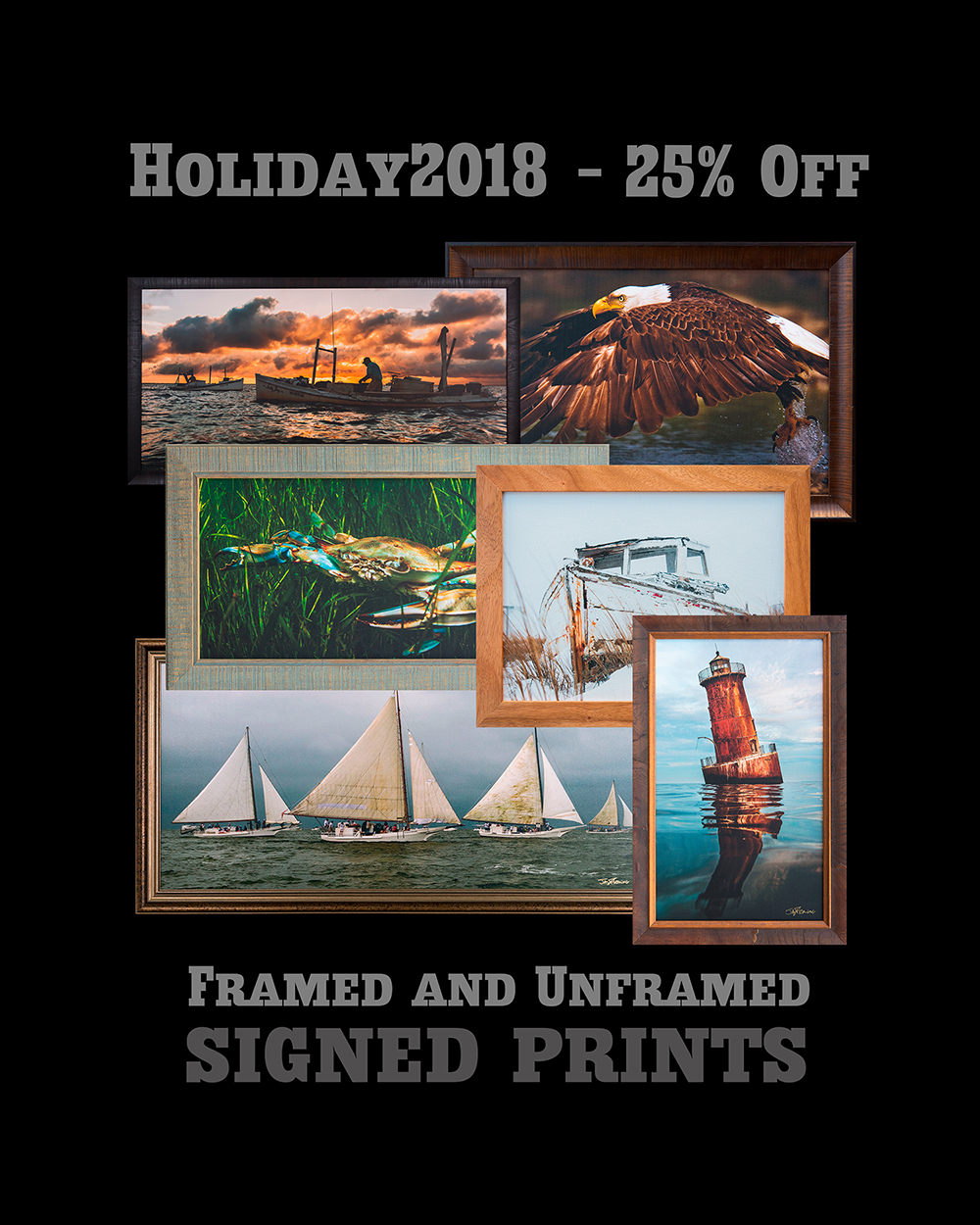To celebrate a great year of photography workshops on the Chesapeake Bay, I am hosting a photography contest that is open to all of the participants from the 2018 workshops. Photographs taken on the 2018 workshops are eligible for entry under the following three categories - Wildlife, Landscape and People.
To Enter send up to one entry per category to jaypfleming@gmail.com
- File Requirements -
.JPEG files, 1-2 mb in size, labeled as seen below with name of entrant and category.
'JayFlemingWildlife.jpeg'
- Deadline to Enter -
February 1st, 2019
- Judging -
Judging will be done by Gerry Valerio, former National Geographic Magazine designer and book designer
- Prizes -
Grand Prize: 20x30 framed canvas of winning photograph
1st Place Wildlife: Admission for November 2019 oystering workshop (date TBA)
1st Place Landscape: Admission for November 2019 oystering workshop (date TBA)
1st Place People: Admission for November 2019 oystering workshop (date TBA)








